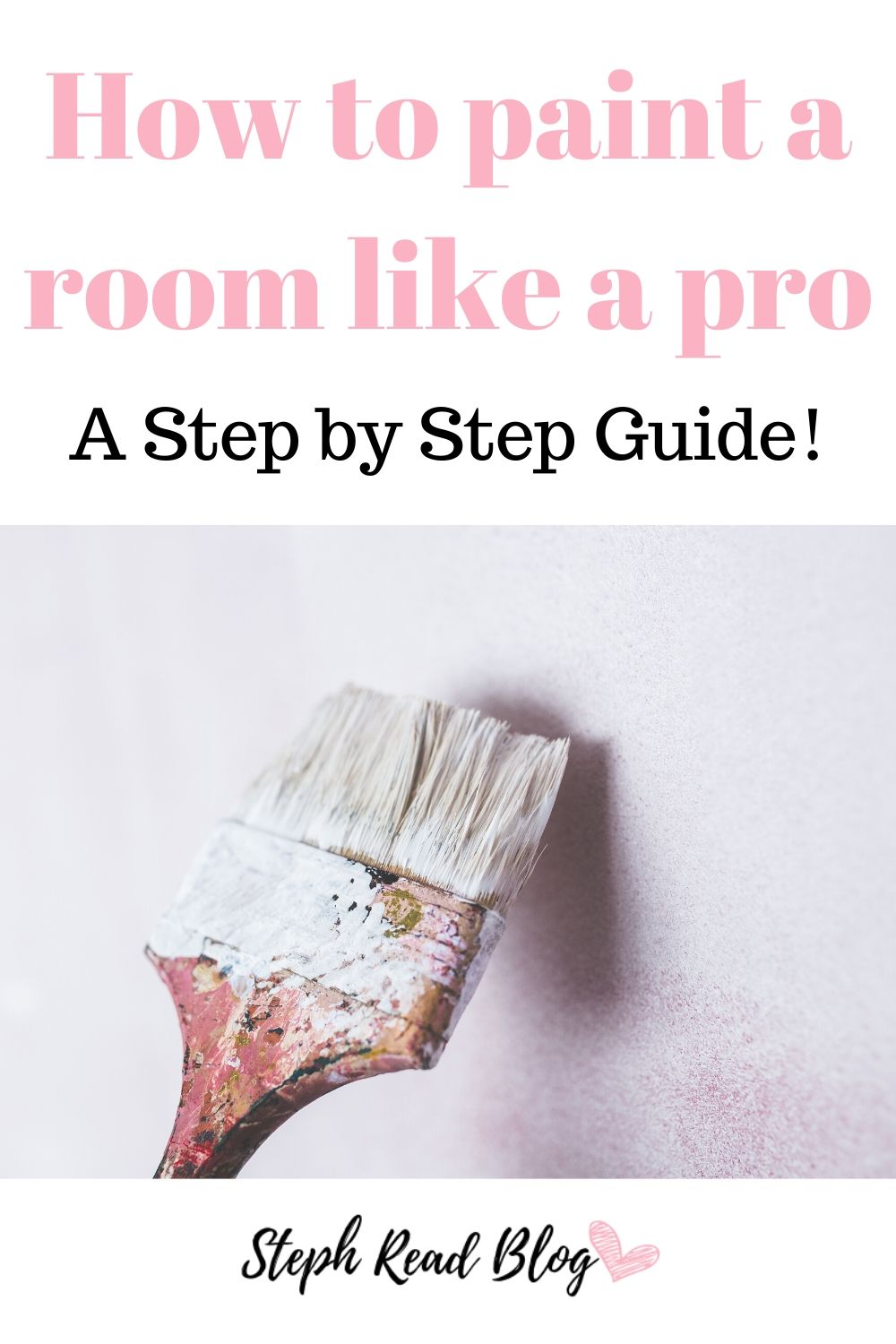If you have been following along on our bathroom renovation you know that I have been quite the painter over the past week or so. I wouldn’t call myself a professional by any means, but I’d say I’m pretty darn close 😉
So today I wanted to share my step by step guide on how to paint a room so that you can get that professional finish you are looking for without the cost!
I’m definitely pro painting things myself over hiring others to do it. My husband did not feel the same way but I eventually talked him into it lol. Painting is such an inexpensive way to transform a whole room and I love that it is something anyone can do. Plus, if you are looking to save money on a project, painting is a great place to do it!
My pregnant body isn’t super stoked that I am doing all of this painting, mainly because my feet no longer accept me standing on them all day lol. But we are getting it done!
Just a side note, if you are pregnant you should always consult your doctor before doing projects like these to make sure it is safe. But I have provided a few tips below that are smart to follow, pregnant or not, that will help keep you safe while painting:
- Using water based paint, also known as latex paint, minimizes toxic fumes
- Always paint in a well ventilated area
- Wear a face mask while painting so you aren’t breathing in the fumes
- It is never a bad idea to wear gloves to protect your hands and for easy clean up
If you are taking on a painting project just beware that while it isn’t all that hard, it does require a LOT of time and patience! Waiting for the paint to dry is the hardest part, in my opinion. But I also lack patience, so there’s that lol.
Alright, who is ready to paint a room?!
*This post contains affiliate links, for more information see my disclosure here. Thank you for supporting my blog!


